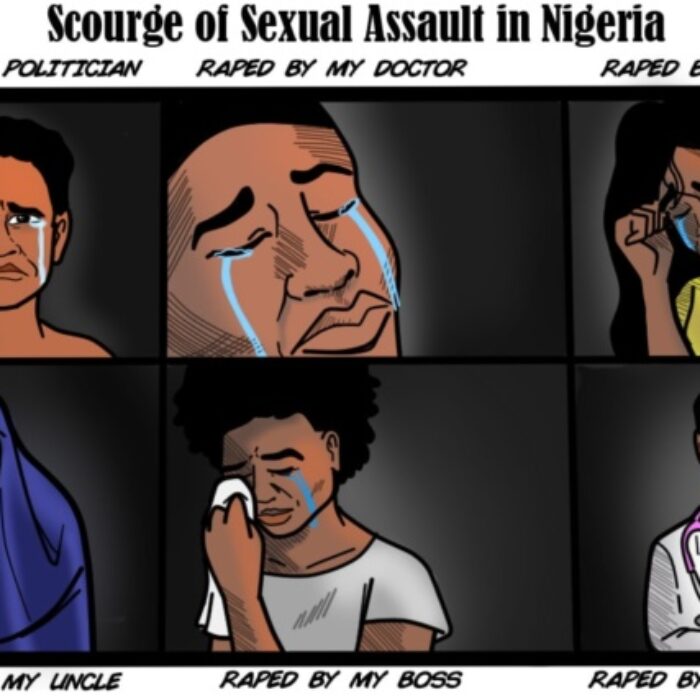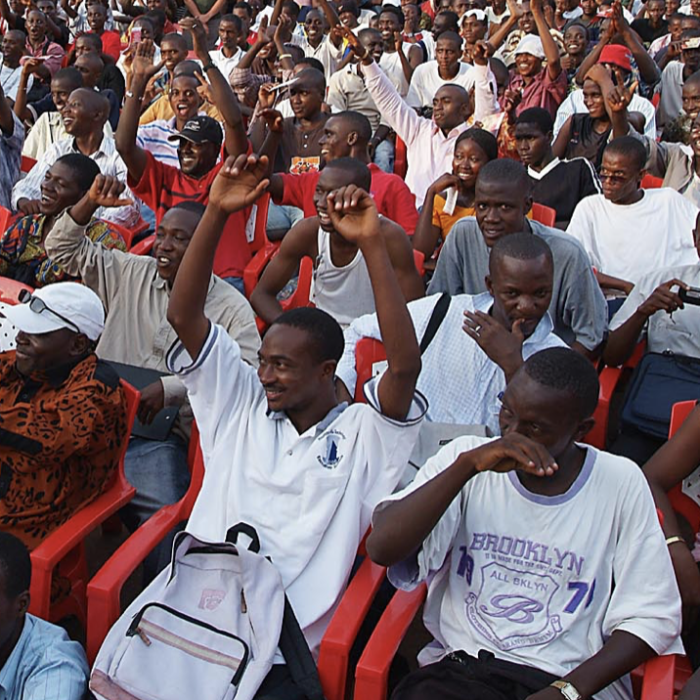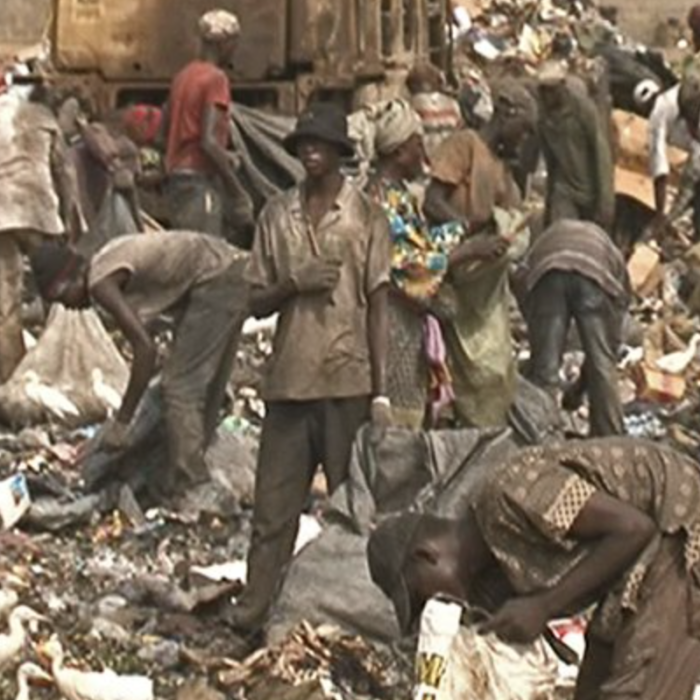By Nnaoke Ufere, PhD
During my childhood in Ututu, mysterious scratch marks would often appear on some villagers’ bodies, leaving behind swollen, reddish skin with jagged edges that itched and caused considerable pain.
I was one of the victims.
The discomfort would worsen during morning baths, causing villagers and victims to attribute these mysterious wounds to alleged attacks by bloodsucking witches, commonly referred severally to as “Ndi Amosu” or “Ndi Mgbasi” or more accurately “Ndi Umeng,” a term with roots in the Efik/Ibibio language.
In Igbo, and especially Efik cultures and belief systems, the concept of bloodthirsty witches is deeply rooted, evoking a range of reactions, including fear, stigma, and misconceptions.
Broadly, Ndi Umeng refers to malevolent beings who are associated with witchcraft and supernatural harm. These entities are feared for their alleged abilities to cause suffering, illness, or even death by draining the life force or “blood” of their victims.
In the village, the notion of witches is intricately tied to the belief in supernatural forces or vital energies that individuals can tap into, enabling them to transform into nocturnal creatures with blood-sucking abilities, giving rise to a complex and fascinating phenomenon.
According to village lore, witches are said to abandon their physical forms, leaving their bodies asleep at home, as they embark on far-reaching journeys to satiate their unholy thirst for the blood of the living.
These nocturnal creatures are believed to convene in a dense forest along Amakofia road near Iyi Obi Okpo, a crystal-clear stream that emerges from beneath a large rock. It is here, surrounded by thick wilderness, that they gather to partake in their mystical brew.
In village folklore, this potent elixir is believed to fuel their dark powers, unleashing a wave of nocturnal terror across the villages. From Ukwuakwu to Amodu and Obienne, they are said to be consumed by an insatiable thirst for human blood, their malevolent presence cloaking the night in fear.
The local pastors were complicit in the act. Their churches organized special offerings and prayer vigils, cast out evil spirits, and prayed for protection against the witches.
The pastors encouraged the villagers to stay faithful, reassuring them that “God will act in His own time.” Yet, despite all their efforts, the mysterious scratch marks kept appearing every morning.
The Grand Old Witch
In the heart of my village, a diminutive, enigmatic figure roamed the shadows. This old, misunderstood outcast, was born with physical deformities that set him apart from the rest of the villagers. His features were a puzzle to the villagers, who saw him as a mystical being, a creature from another realm.
His small head, protruding front teeth, bulging eyes, and misshapen ears – instilled fear and ridicule in those around him. His soft, nasal voice and childlike tone further shrouded him in mystery, fueling the enigma that surrounded him.
The villagers’ suspicion and superstition transformed him into a scapegoat, a symbol of evil, and a blood-sucking witch. They believed he was the source of all their troubles. He was the grand old witch.
Yet, he was a hardworking farmer. I had the chance to encounter him in the Ukwuakwu plantation, where we both toiled during the Biafra war.
Driven by curiosity, I would engage him in conversations, seeking to understand his thoughts, his feelings, and his pain. His responses were sparse, and he seemed resigned to his fate.
I once asked him if he had the power to fly at night, to which he replied, “If I could fly, I would have escaped the suffering and abuse I’ve endured since birth. I’m not a witch.” His words were convincing, and I believed him. However, the villagers remained unconvinced.
Tragically, when a respected farmer’s son succumbed to sickle cell anemia, he was unjustly accused of causing his death through witchcraft. Every known miscarriage in the community was attributed to him, and even the onset of menstruation in teenage girls was often blamed on him.
These baseless accusations and the resulting social isolation shattered him. He never recovered from the ordeal. In the end, he died a lonely, miserable death, and his body was discarded without dignity, buried in an unmarked, shallow grave.
But the mysterious scratch marks did not end with his death. So the villagers concluded they must be others like him still terrorizing the community. This unleashed a latent witch hunt.
Particularly vulnerable groups, such as elderly women, people with physical abnormalities, and those considered “different” or marginalized, were frequently targeted by witchcraft accusations, which perpetuated harmful stereotypes and further marginalized already vulnerable individuals.
These accusations unleashed a devastating cascade of consequences, including social ostracism, unbearable physical and psychological torment, emotional anguish, and exclusion from society, which irreparably shattered lives, destroyed families, and ravaged the community.
After the war, as new homes were built and old thatched roofs gave way to modern construction, the mysterious scratch marks gradually faded from memory.
But I couldn’t let go of the questions that lingered. Even as I traveled the world for work and education, the memories of those childhood scratches haunted me.
Years later, I uncovered the truth in scientific studies: the mysterious marks were the work of vampire bats (Ụsụ) that had nested in the village’s thatched roofs, responsible for the unsettling nocturnal attacks.
These creatures, with their razor-sharp teeth, use saliva that contains an anesthetic to numb the skin and anticoagulants to thin the blood, making it easier for them to feed unnoticed.
However, when I shared this discovery with the villagers, they refused to believe it. They insisted that the vampire bats were actually humans who transformed into bats, aligning with the ancient lore of blood-sucking witches. This belief underscores the enduring power of myth—it rarely dies.
For me, this revelation exonerated the village “witch,” but it came too late. His life had already been sacrificed to the ignorance and superstition that gripped the village.
This story is a tragic reminder of the destructive power of ignorance and prejudice. His life was a testament to the cruelty of the human heart, a heart that fails to understand and empathize with the struggles of others, those who are different. Though his physical form may have been different, his spirit was no less worthy of love, respect, and acceptance.
This sad story is not just an isolated incident but a reflection of a broader societal issue where superstition and fear lead to the victimization of the most vulnerable.
In many communities, these beliefs perpetuate cycles of violence and discrimination, depriving individuals of their dignity and humanity. The social fabric is weakened when fear overrides compassion and when ignorance trumps understanding.
It is crucial to address these deeply rooted superstitions through education, awareness, and community engagement. By promoting a culture of empathy and knowledge, we can begin to dismantle the harmful beliefs that lead to such tragic outcomes.
Although the witch hunts in my village came to an end with the conclusion of the Biafra war (which I believe were sparked by the horrors and traumas of that conflict), they continue to persist in other communities across Nigeria. These communities need to be encouraged to embrace their members, irrespective of their differences, and to reject the unfounded fears that breed violence and exclusion.
In conclusion, this story serves as a poignant call to action against the forces of superstition and fear. It reminds us of the importance of fostering an inclusive and understanding society, where every individual is valued and protected.
By learning from the past and advocating for change, we can create a future where no one suffers the same fate, and where humanity’s capacity for kindness and acceptance prevails over ignorance and fear.




